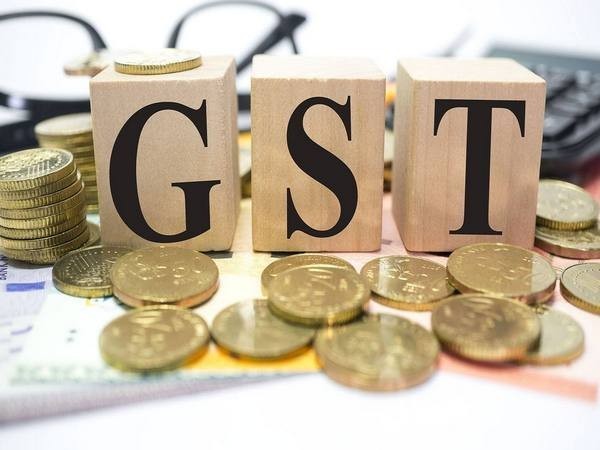GST Revolution: Tax Evasion Plummets Amidst Boosted Revenue
A recent Bank of Baroda report reveals that India's GST implementation has increased the taxpayer base while reducing evasion. GST collections are linked closely to economic activity, with their buoyancy significantly improving from FY20 to FY25. This trend highlights a more efficient and responsive tax system bolstering revenue.

- Country:
- India
A new research report by the Bank of Baroda highlights the transformative impact of the Goods and Services Tax (GST) on India's tax landscape. Since its implementation, the taxpayer base has expanded, and tax evasion has decreased, showcasing the tax system's growing effectiveness.
The report emphasizes the significant improvement in GST's tax buoyancy from its early years to FY25, reflecting a more responsive tax system aligned with the country's economic growth. The buoyancy rate, which was at 0.6 in FY20, surged to 1 by FY25, demonstrating that GST collections now grow proportionately with the economy.
When examining GST collections in relation to private final consumption expenditure (PFCE) and net sales of 2,023 companies, excluding the banking and finance sector, a strong correlation of 0.97 was identified. This underscores the alignment of GST receipts with economic activities such as consumption and business performance. Furthermore, the report notes that GST's broad tax base enhances government revenue and provides an accurate gauge of India's consumption patterns.
The quarter ending June 2025 saw an 11.8% growth in GST collections, hinting at a corresponding increase in nominal PFCE growth. The report also credits the GST framework's design and the collaborative efforts of central and state authorities for making tax evasion more challenging.
In conclusion, the study finds that GST has significantly contributed to creating a more efficient and adaptive tax system in India. The enhanced tax buoyancy, increasing from 0.4 in FY20 to 0.8 in FY25 in terms of nominal consumption, signals a robust alignment between tax collections and economic activity.
(With inputs from agencies.)










